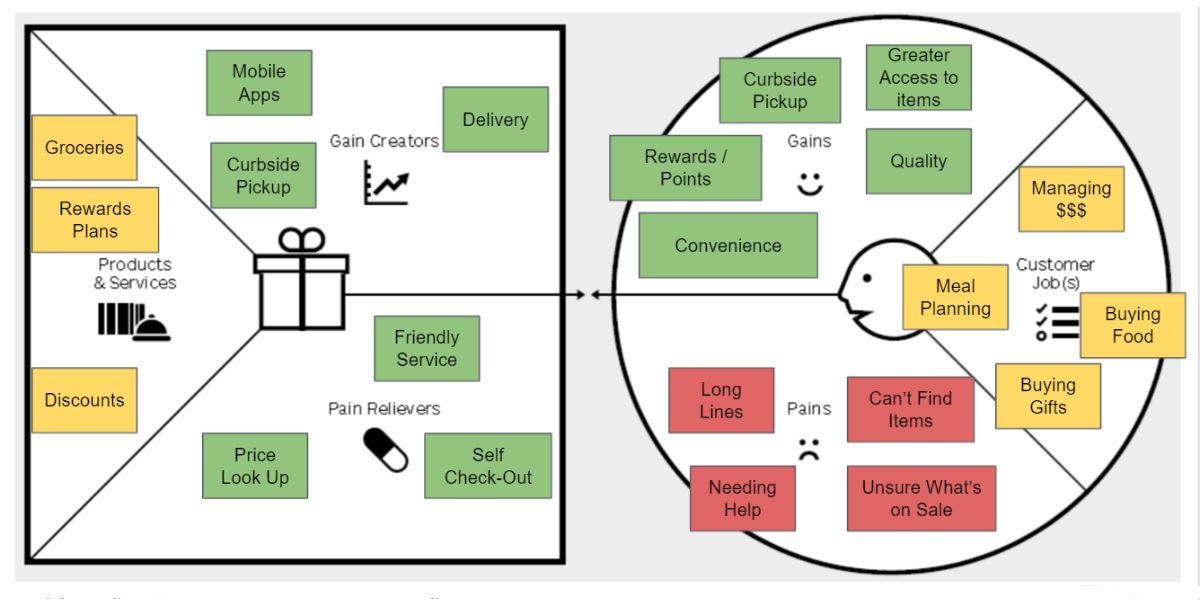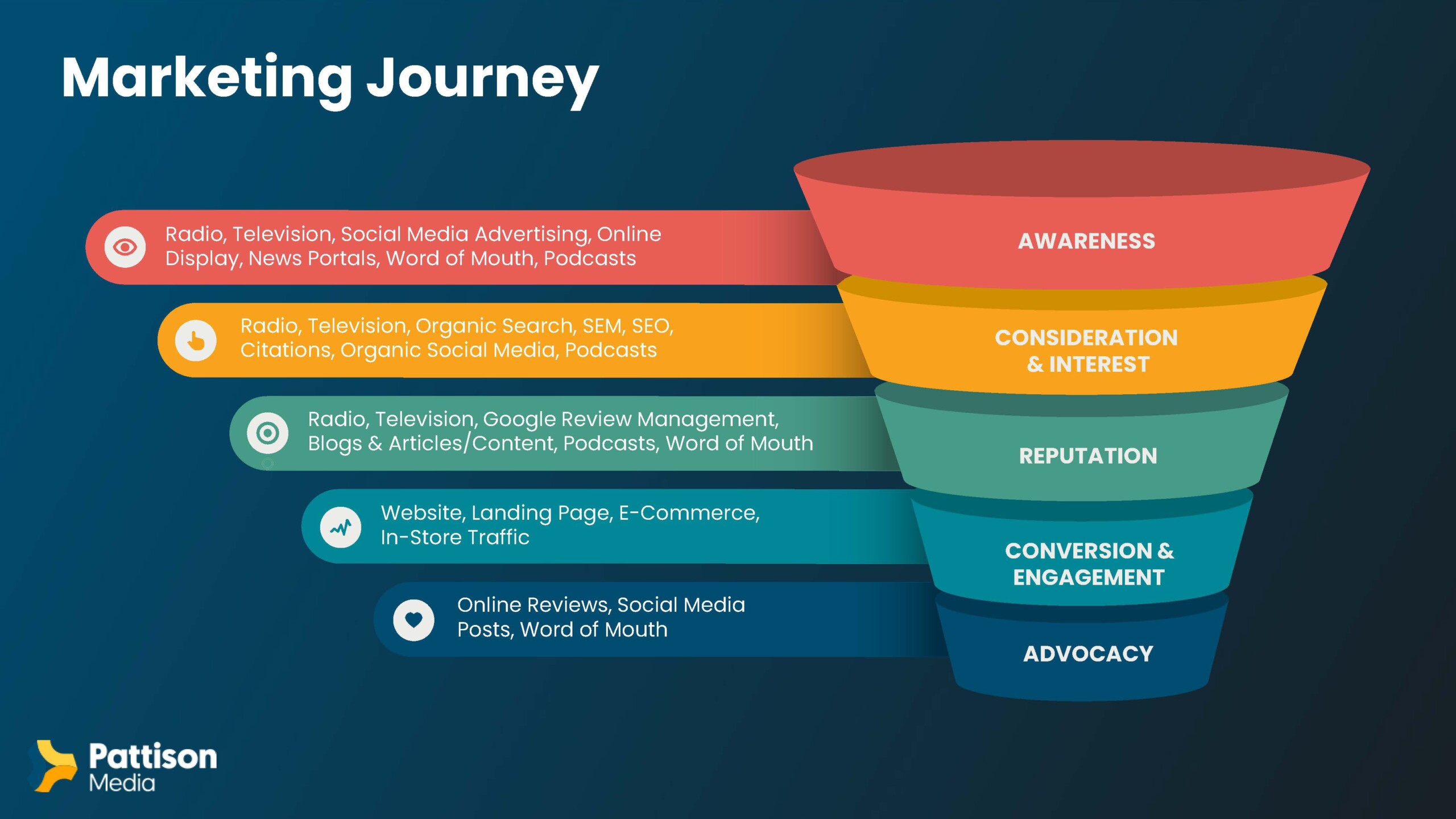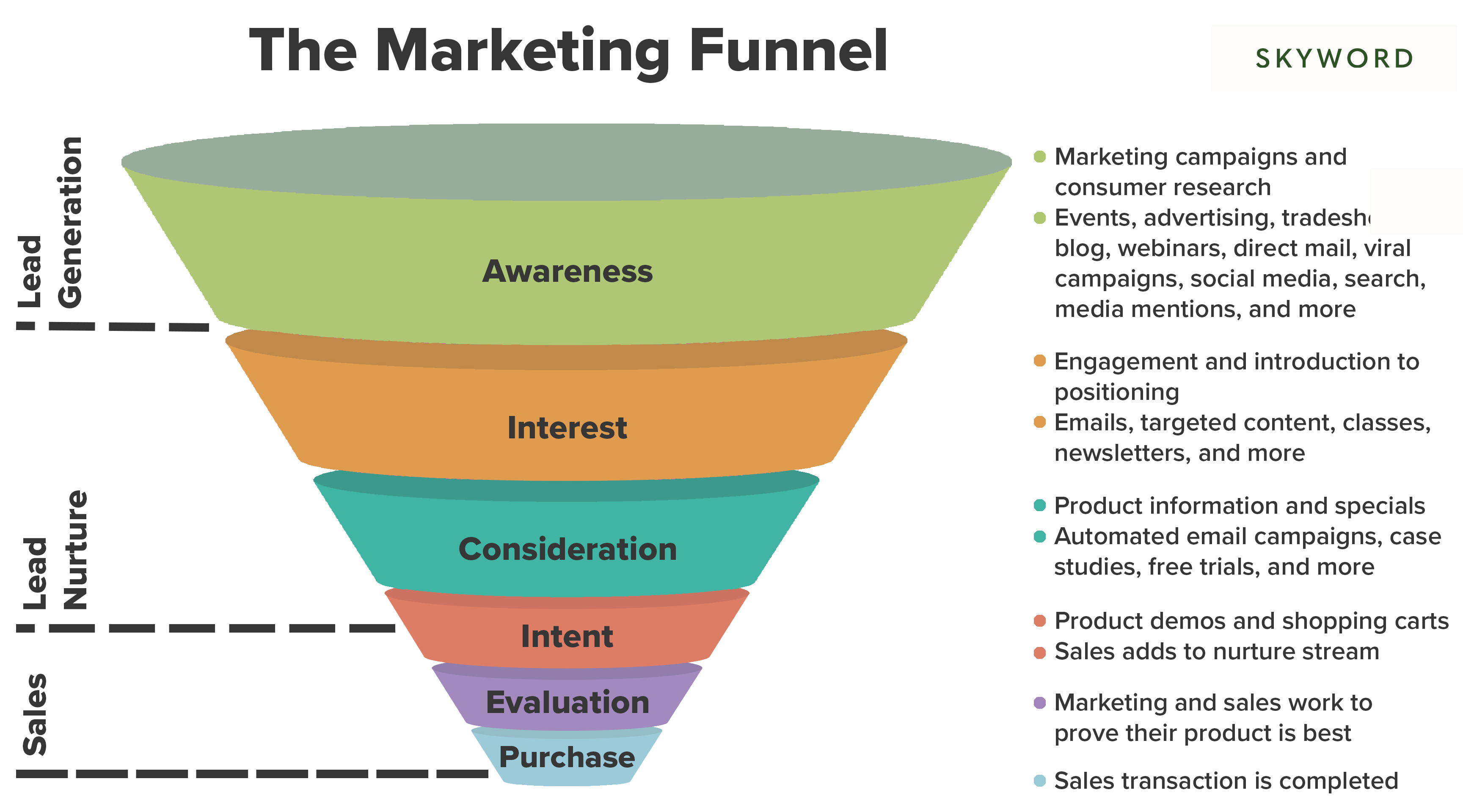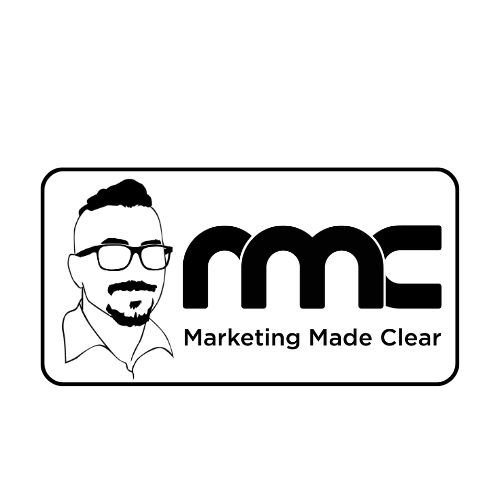What Does a Marketing Strategy Actually Look Like?
A marketing strategy is a comprehensive plan designed to promote a product or service, attract customers, and achieve specific business goals. This strategy can be presented in various formats, including Word documents, PowerPoint presentations, or printed policy documents, depending on the size and needs of the organization. The presentation format is less important than the content and clarity of the strategy itself.
Note:
This article features content from the Marketing Made Clear podcast. You can listen along to this episode on Spotify:
Key Components of a Marketing Strategy
1. Understanding the Target Audience
The foundation of any marketing strategy is a deep understanding of the target audience. This involves identifying customer demographics, preferences, and pain points. Effective strategies are built on insights from market research and customer feedback.
2. Setting Clear Objectives
Marketing strategies should have clear, measurable objectives. These goals might include increasing brand awareness, driving website traffic, generating leads, or boosting sales. Objectives should align with the overall business goals and be specific, measurable, achievable, relevant, and time-bound (SMART).
3. Crafting a Value Proposition
A strong value proposition communicates the unique benefits of the product or service. It answers the question: why should customers choose us over the competition? This message should be clear and compelling, resonating with the target audience’s needs and desires.

4. Selecting Marketing Channels
Choosing the right marketing channels is crucial for reaching the target audience effectively. These channels might include social media, email marketing, search engine optimisation (SEO), content marketing, and paid advertising. The strategy should outline which channels will be used at each stage of the customer journey.
5. Developing a Content Plan
Content is at the heart of modern marketing strategies. A content plan outlines the types of content that will be created (e.g., blog posts, videos, infographics), the topics that will be covered, and the schedule for publishing. Content should be designed to engage the audience, provide value, and encourage conversions.

6. Visualising the Marketing Funnel
A powerful way to convey a marketing strategy is by visualising the marketing funnel, which includes the stages of reach, engagement, conversion, and retention.
The different stages of the funnel vary from concept to concept and company to company – you can see a different version above and below…
This model helps stakeholders understand the relationship between different marketing activities and how they contribute to moving potential customers through the funnel.
-
Reach/Awareness: At this stage, the goal is to attract potential customers. Marketing activities might include social media ads, SEO, and content marketing. For example, Facebook ads can be used to introduce the company’s value proposition to a broad audience.
-
Engagement/Consideration & Interest and Reputation: Once potential customers are aware of the brand, the next step is to engage them. This might involve more targeted ads, engaging social media posts, and email campaigns. The aim is to get them onto the website or interacting with the brand in a more meaningful way.
-
Conversion: The focus here is on turning engaged prospects into paying customers. Strategies might include personalised email campaigns, retargeting ads, and optimised landing pages. Website activities should be geared towards making the purchasing process as smooth as possible.
-
Retention & Advocacy: Finally, retention strategies aim to keep existing customers engaged and encourage repeat purchases. This might involve loyalty programs, regular email updates, and excellent customer service.

7. Incorporating Feedback Loops
Effective marketing strategies include mechanisms for gathering and acting on customer feedback.
Feedback loops help identify areas for improvement and ensure that the strategy remains responsive to customer needs and market changes.
Presenting the Strategy
The presentation of the marketing strategy should be tailored to the audience. For small companies, a PowerPoint presentation or slide deck may suffice, providing a visual and concise overview of the strategy. For larger organisations, a more refined approach might be necessary, such as a detailed policy document or printed media.
Using Visual Aids
Illustrative methods, such as diagrams and charts, can enhance the clarity of the strategy. Visualising the marketing funnel with stages and associated activities helps stakeholders understand the flow and progression of the customer journey. Detailed visualisations, including feedback loops and customer touchpoints, provide a clear reference for the marketing team.
Communication and Cascade
The responsibility of communicating and implementing the marketing strategy falls on the marketing leadership team. This process is akin to a marketing campaign itself, requiring careful selection of communication channels and visual aids to ensure the strategy is understood and embraced throughout the organisation.

Conclusion
Creating a marketing strategy involves significant effort but is essential for guiding a company’s marketing efforts towards success. By understanding the target audience, setting clear objectives, crafting a compelling value proposition, selecting appropriate channels, developing a content plan, visualising the marketing funnel, and incorporating feedback loops, a marketing strategy can effectively drive business growth. Presentation and communication of the strategy are crucial to its successful implementation, ensuring that all stakeholders are aligned and motivated to achieve the desired outcomes.
Up Next:
How do you change a Marketing Strategy?


